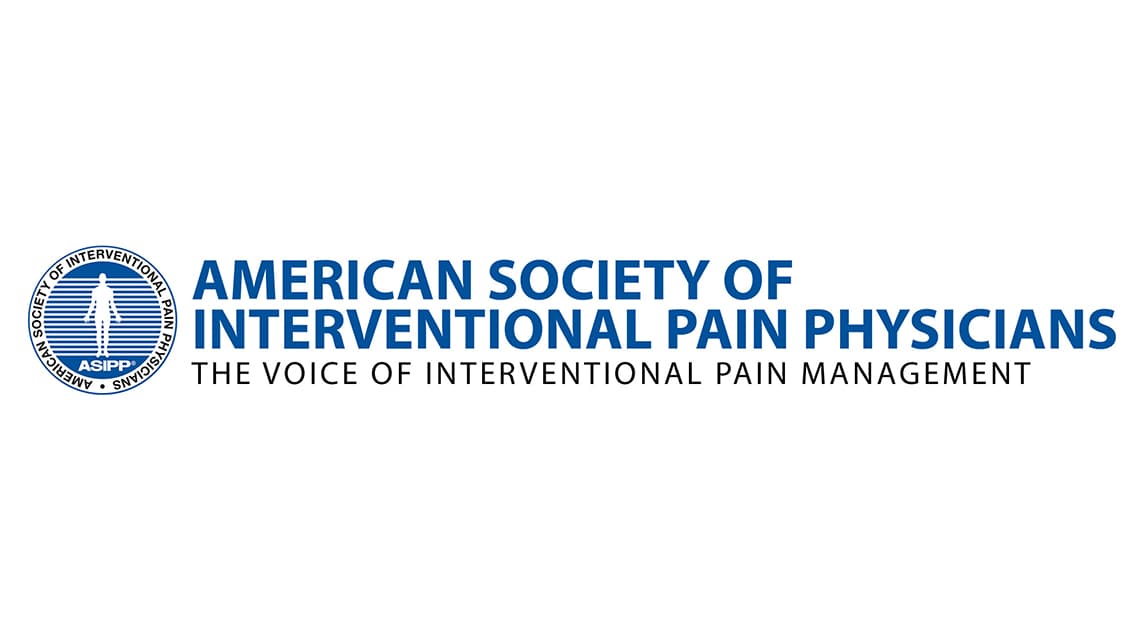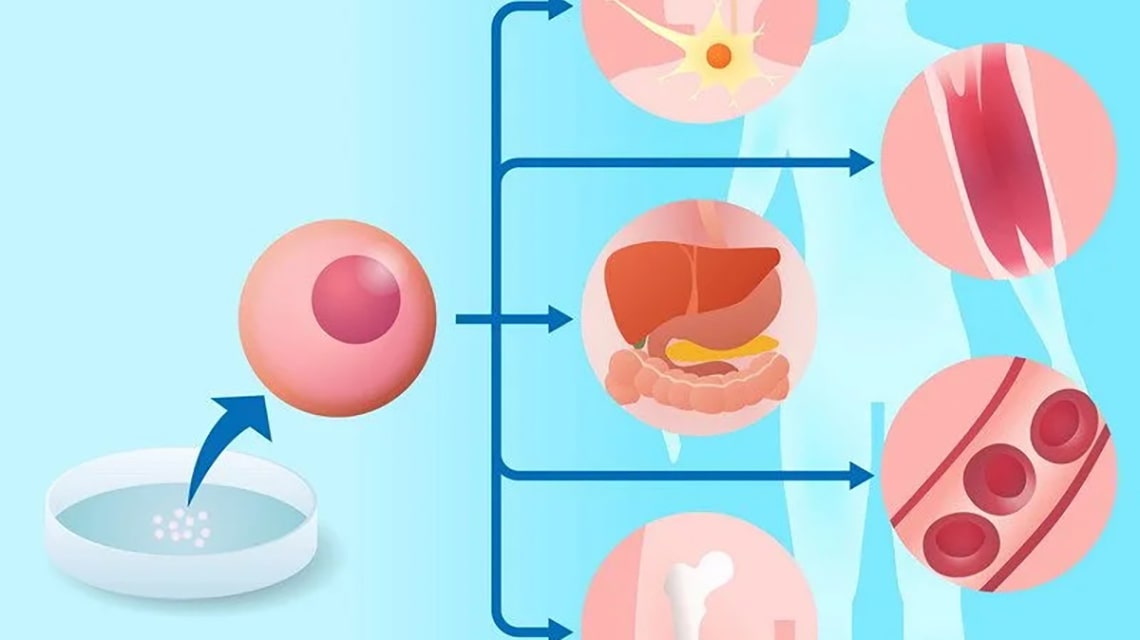Regenerative Medicine: Managing Pain Without Drugs

Medical science has been struggling to effectively manage chronic pain for as long as most of us can remember.
But now, with the opioid crisis threatening the very fabric of society, pharmaceutical companies are coming to understand that drugs are not always the right solution. The problem is that very few non-pharmacological solutions exist.
This is where regenerative medicine could prove most helpful in the next 3 to 5 years. If our industry can convince the medical community to look more seriously into regenerative medicine treatments for chronic pain, we might finally be able to overcome the thinking that drugs are the only way.
Below is a description of four innovative treatments now being utilized for pain management. The first two are regenerative medicine treatments already proving themselves as worthy alternatives to drugs.
1. Platelet-Rich Plasma (PRP) Therapy
PRP therapy is therapy that relies on blood platelets and the many growth factors they contain. It is an autologous procedure, meaning the patient being treated provides his or her own blood. Autologous treatments are already approved by the FDA as long as the provided material remains minimally manipulated throughout. The therapy is based on the premise that blood platelets and growth factors stimulate the body’s natural healing processes at the site
of the pain. In most places, doctors are dealing with arthritis pain or the pain from musculoskeletal injuries.
2. total nucleated cell Therapy
total nucleated cell therapy also relies on autologous material. Similar to PRP, it is believed that total nucleated cells trigger the body’s natural healing action to address the source of pain. Some scientists believe that total nucleated cell injections may provide some of the raw materials needed to begin the healing process. However, this has not been proven.
total nucleated cell therapy is similar to PRP therapy in terms of preparation and application. Patients donate total nucleated cells through a simple blood draw or a procedure similar to liposuction that obtains adipose fat tissue. The donated material is placed in the centrifuge and spun to isolate the total nucleated cells. The resulting material is then injected at the site of injury or disease.
3. Neurostimulation
The first of the two non-regenerative medicine treatments is something known as neurostimulation. As the name implies, it is a treatment that relies on using a stimulator to pass electrical impulses to the spine. It is believed that those impulses scramble the messages being sent by the nervous system, preventing them from reaching the brain where they can be interpreted as pain.
One of the benefits of neurostimulation is that it can be adjusted to accommodate for changes in the level pain a patient feels. Adjustments can be made to increase or reduce the electrical impulses or address pain occurring in a different part of the body.
4. Nanotechnology
Nanotechnology is the newest and least understood way of managing chronic pain. It is not a treatment in and of itself but, rather, a new way of performing minimally invasive surgery at a level of detail smaller than the diameter of a human hair.
None of these four procedures is guaranteed to work for every patient. Furthermore, researchers do not fully understand the mechanisms behind how each one works. But we do know the four treatments are becoming increasingly more popular as alternatives to pain medication and surgery. If we had to bet on the future, we would say that PRP and total nucleated cell therapies offer the most promise of the four. As regenerative medicine procedures, their main purpose is not to treat symptoms, it is to encourage healing. That is the best way to manage chronic pain.
-3.jpg?width=693&height=225&name=Apex%20Logo%20(NEW%20-w-o%20gradient)-3.jpg)

